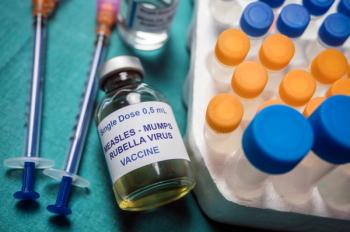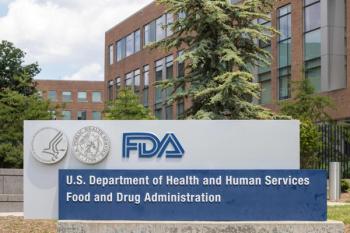
Chest Pain and ACS: Men vs. Women
Among acute coronary syndrome patients under 55, men were more likely to experience chest pain than women, but both were more likely to experience chest pain than older patients.
Among acute coronary syndrome patients under 55, men were more likely to experience chest pain than women, but both were more likely to experience chest pain than older patients.
Chest pain is the red flag of red flags. Although it can be associated with acid reflux, muscle sprain, and a range of other garden-variety conditions, it demands immediate attention and assessment. Since chest pain may be a sign of acute coronary syndrome (ACS), urgent intervention may be necessary.
Up to one-third of ACS patients fail to report chest pain, however. Without a report of chest pain, misdiagnosis is more likely, as are serious consequences, including severe cardiac damage, lengthy hospitalization, greater disability, and, potentially, death. Older patients and women seem to be at greatest risk of ACS with mild pain or no chest pain. A US registry analysis (1994-2006) of ACS patients aged 65 years or older found that 47% of women and 41% of men did not report chest pain as a precipitating symptom. We’ve discussed similar trends in
To date, the largest gap in our knowledge about ACS without chest pain has been in patients younger than 55 years of age. It’s clear that younger women are more likely to present with ACS without chest pain than younger men, but sex-specific evaluation recommendations are needed.
To that end, the GENESIS PRAXY (Gender and Sex Determinants of Cardiovascular Disease: From Bench to Beyond Premature Acute Coronary Syndrome;
Of the women, 19.0% did not report chest pain, compared with 13.7% of men. This suggests that in younger patients, ACS without chest pain is less common than in older populations. These patients were also less likely to have non—ST-segment elevation myocardial infarction (STEMI), had lower troponin levels, and were less likely to have greater than 50% coronary stenosis. They were more likely to have left main disease, and they always reported at least 1 other symptom. The absence of chest pain was not associated with less severe ACS events, refuting a common myth.
Chest pain is a significant signal—but not the only signal—of ACS in patients younger than 55 years. Since 1 in 5 women seeking emergency care for ACS do not have chest pain, clinicians need to be ever-vigilant when patients complain of weakness, feeling hot, shortness of breath, cold sweats, tachycardia, shoulder pain, or other non—chest pain symptoms.
Ms. Wick is a visiting professor at the University of Connecticut School of Pharmacy and a freelance writer from Virginia.
Newsletter
Stay informed on drug updates, treatment guidelines, and pharmacy practice trends—subscribe to Pharmacy Times for weekly clinical insights.

















































































































































































































